There is such a director. His mysterious life is linked to an island, where he lives in seclusion. The island is also the shooting place of his film works, the source of his inspiration, and the place where he passed away.
The island is Fårö, north of Gotland Island in southeast Sweden. The director is Ingmar Bergman, who started as a traveler here, ended up stopping and dying, and even giving it more meaning. In 2021, Mia Hansen-Løve also came here to make the film "Bergman Island".
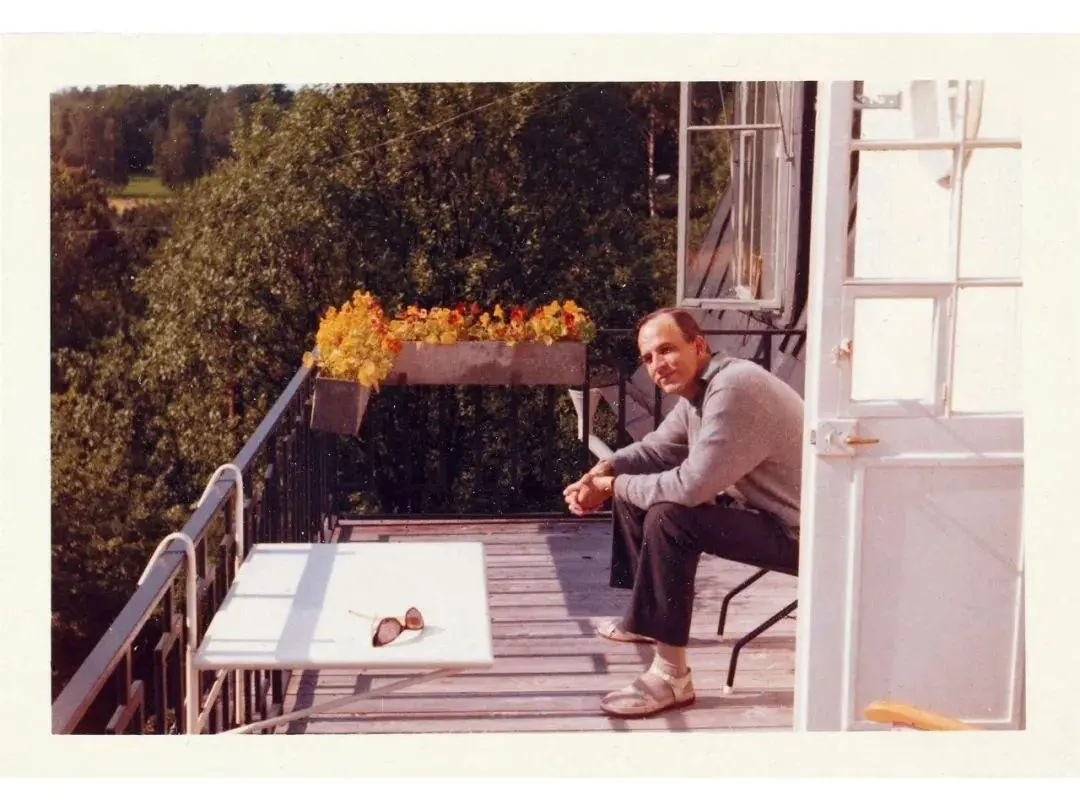
Ingmar Bergman's home on Fårö island
His island and those close-ups of faces
From the 1950s to the 1970s, Bergman chose to tell his stories using close-ups. Among the modernist creators of the time, Bergman is probably the only one who is so obsessed with close-ups of faces, believing that the shots hold something he wants. And on Fårö island, he finally unearthed this treasure thoroughly.

Wild Strawberries (1957)
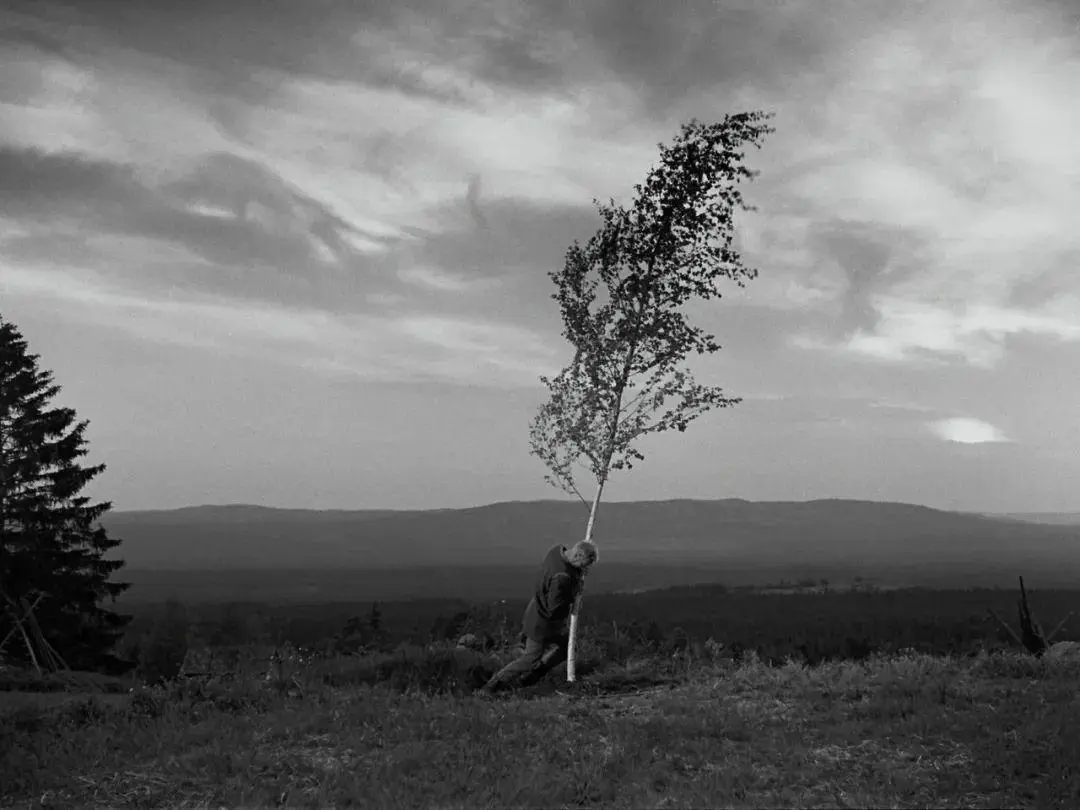
The Virgin Spring (1960)
Before coming to Fårö island, Bergman's works are always overflowing with abundant vitality. Whether it is in"Wild Strawberries", "The Seventh Seal", or "The Virgin Spring", we can see dense forests, clear springs, and natural or supernatural possibilities hidden everywhere. But from "Through a Glass Darkly", we traveled with him to Fårö island, where Bergman created several films that took the art of close-up to the end and explored some of the more hidden themes.
"Through a Glass Darkly" was his first film shot on the island. In it, there was her mentally ill daughter, her desperate husband, and her writer father who only wanted to use her pain as fodder.
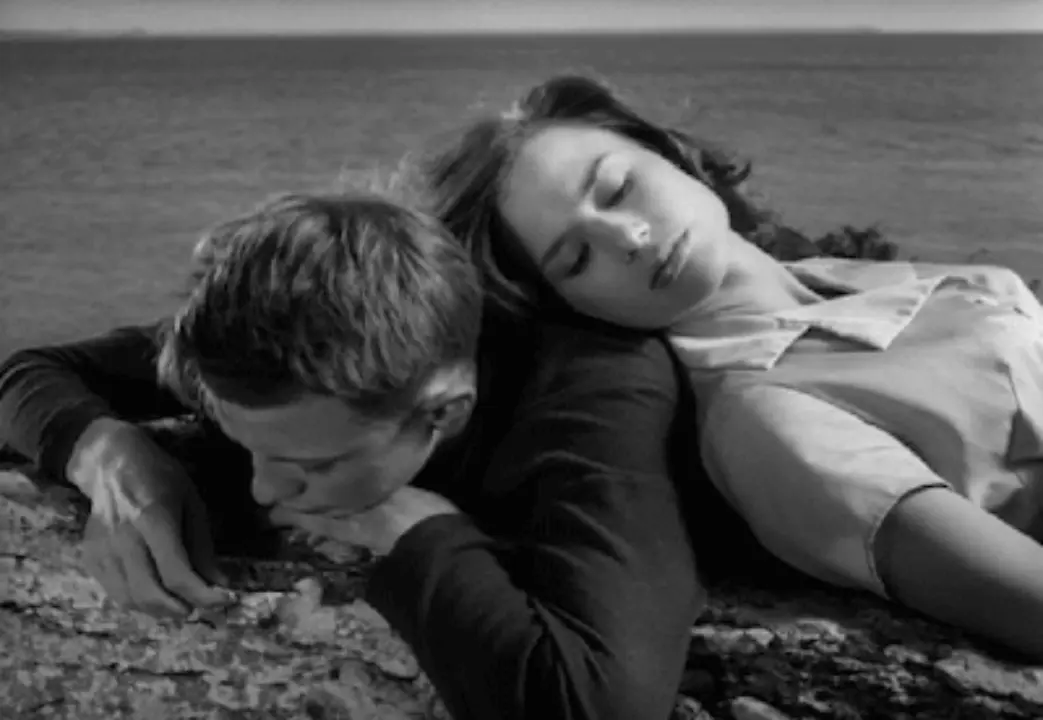
Through a Glass Darkly (1961)
In those close-ups in the film, the heroine's desperate expression can be seen, as the blurred, mutilated outlines of the other male characters. Bergman seems to cut the picture in such a way that in the double isolation of space and picture, I often fall into thinking.
We must stare at a certain face for a long time, which seems to inherit the Nordic film tradition of Dreyer and Sjöström. Interestingly, when watching a movie, what we pay most attention to are originally the faces. And the characters’facial expressions are often the most important information for us. But Bergman is always telling us that you haven't paid enough attention, or you can pay attention differently.
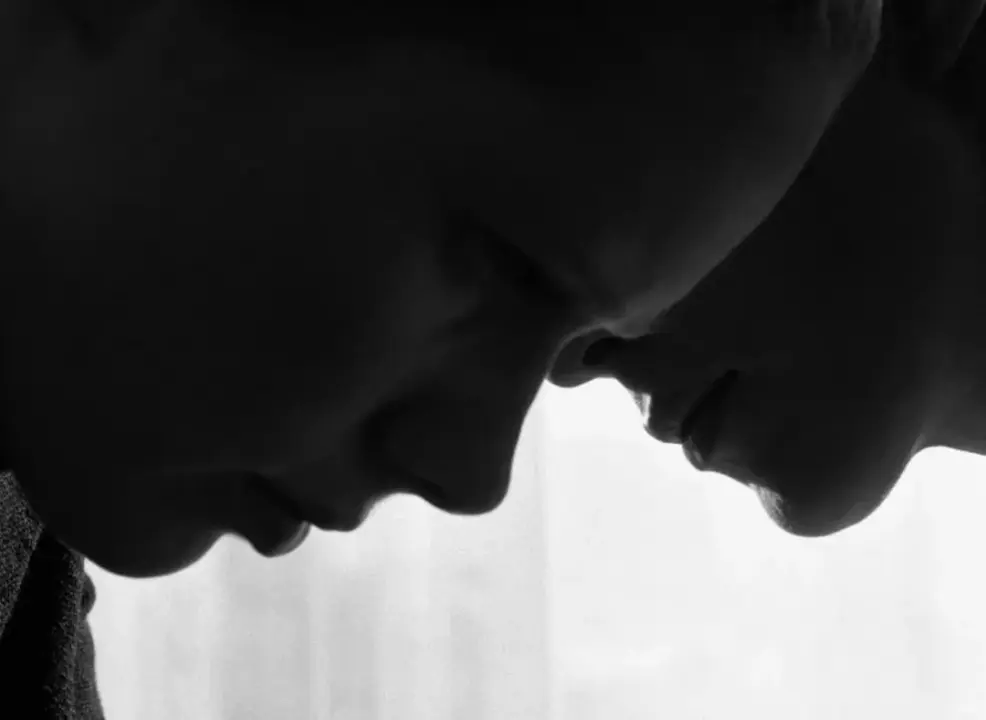
Persona (1966)
So, he lets us see more complex and multi-faceted faces. In "Persona, " his close-up of face style develops to the extreme. He could make the faces hidden, deformed, overlapped, and appear like an abstract painting. A real face could become a fake one, and one person could become another.
When Bergman presents these close-ups of faces, it is something isolated from the outside world. It is also a way to look deeper into the psychology of the characters in the picture, such as the subtle process of the two women in "Persona" clashing with each other, but eventually merging. Close-ups of faces seem to become his camera language, and I even think that he can only shoot a film with pictures from the neck up.
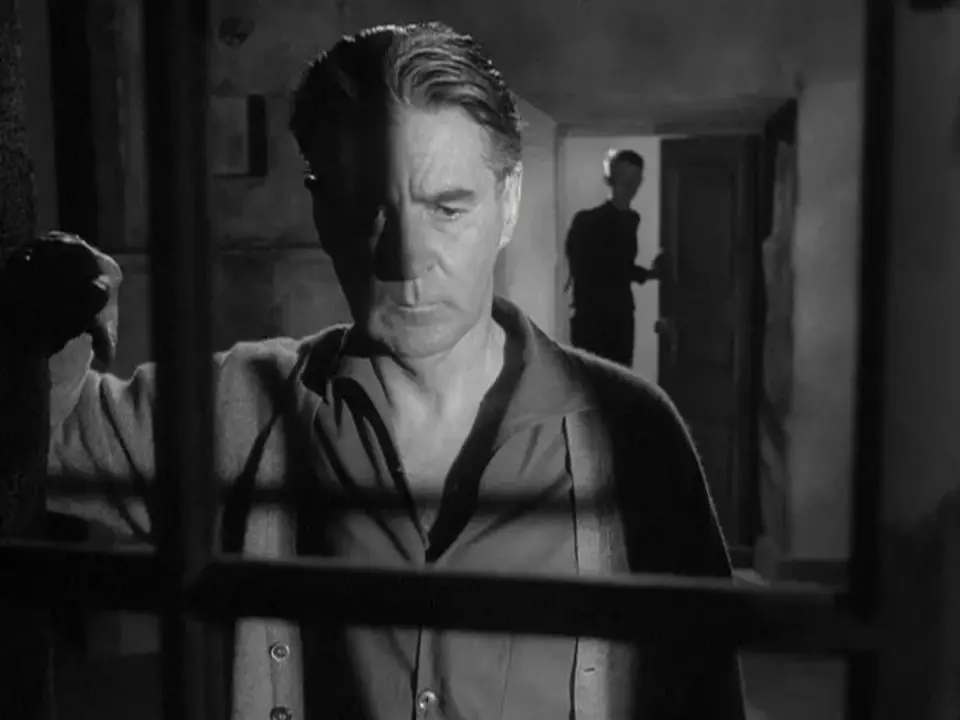
Through a Glass Darkly (1961)
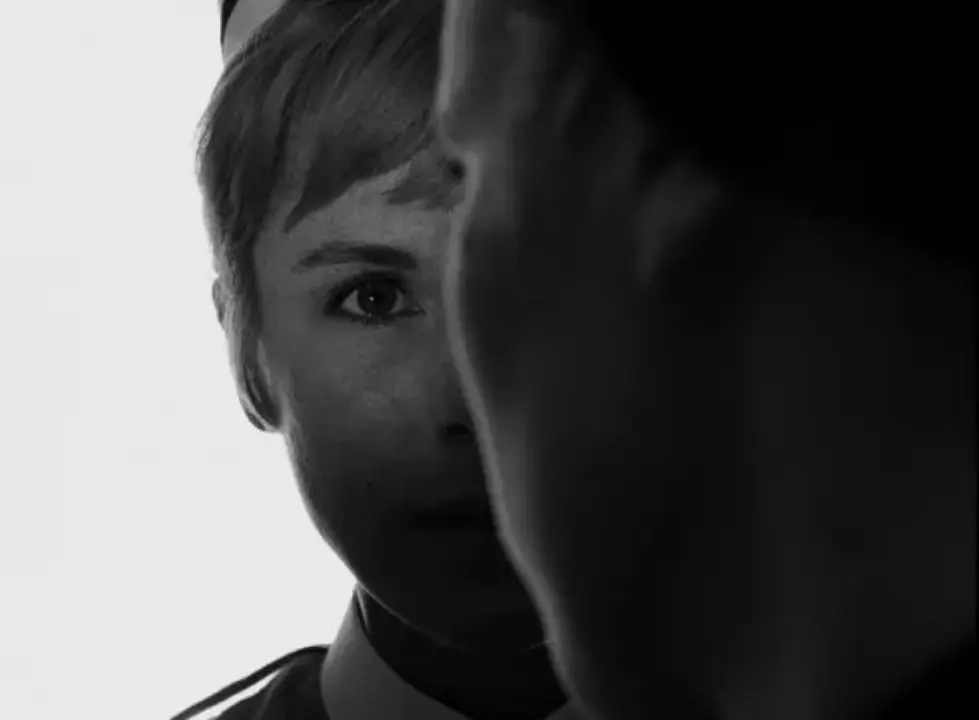
Persona (1966)
"The Passion of Anna," released in 1969, is about the subtle relationship between a hermit and two women and a man on Fårö island. Bergman's close-ups of faces become more skillful, and he could use the shadows on the faces to show hidden lust, or the tilted faces to show sorrow.
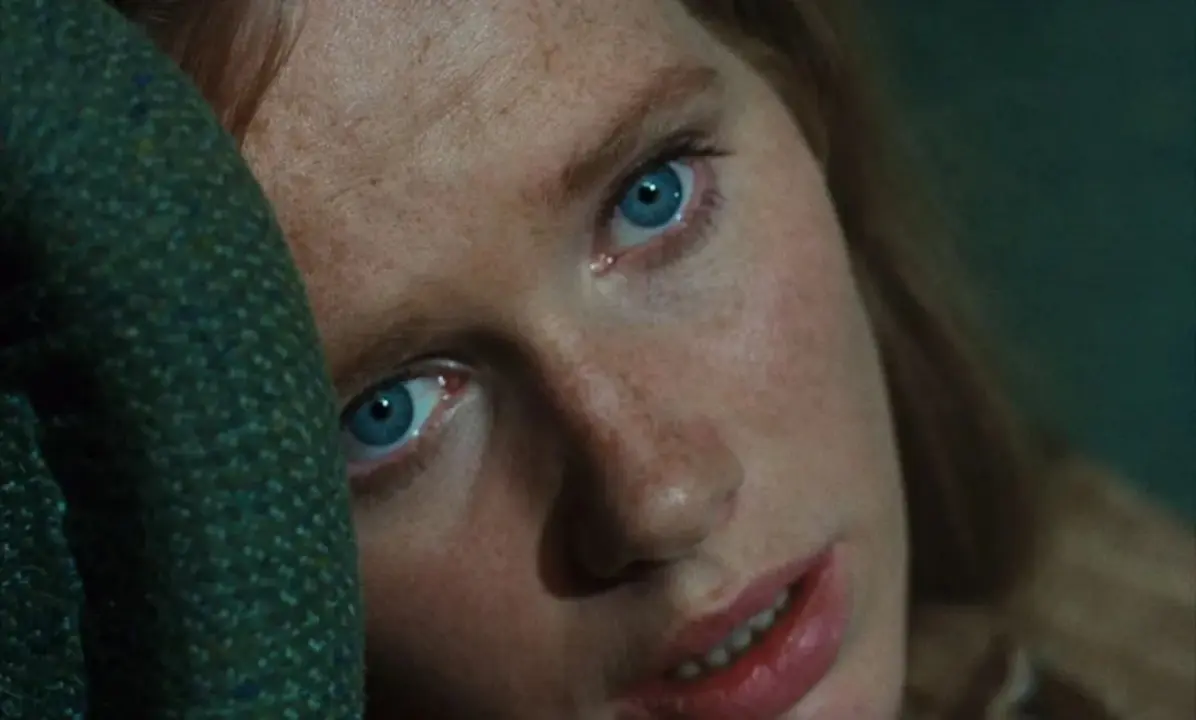
The Passion of Anna (1969)
The various inner dilemmas of human beings, existence, loneliness, and desire are all things that Bergman's close-ups need to show, so he is quite harsh in his choice of faces. After all, his characteristic style cannot be separated from a series of close-ups of the actors' faces, Bibi Andersson, Liv Ullmann, Max von Sydow, and Harriet Andersson. When they appear and what kind of expression they show, all become Bergman's inspiration.
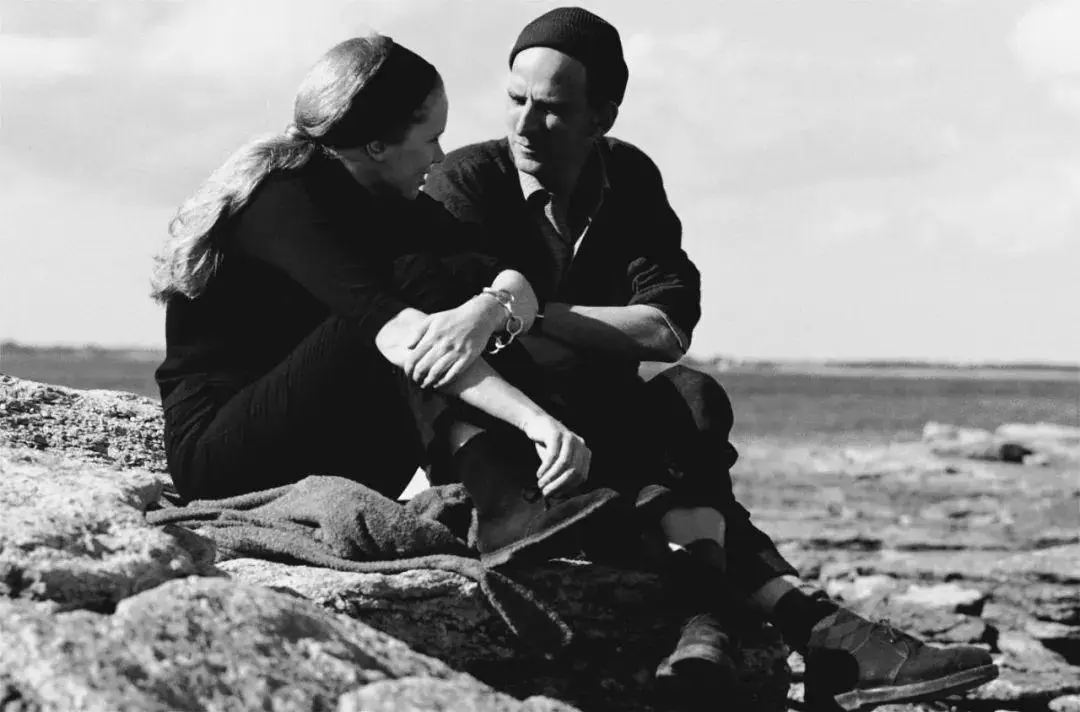
Liv Ullmann and Bergman
With these typically stylized films, Bergman shows us that, as it turns out, making a movie does not require a grand narrative or torturing hundreds of actors. He only needs the most concise narrative and the narrowest frame to explore the most serious themes in the world on this isolated island.
Looking for a location and falling in love with Fårö island at first sight
The island gives Bergman so much inspiration. So, have you ever wondered how he found Fårö island in the first place? It all started with a trip to find a location.
In 1960, Bergman came to Fårö island to find the location for "Through a Glass Darkly". He was not hopeful but was fascinated by the island. In "Laterna Magica", he wrote that Fårö island "perfectly matches your innermost ideal, whether it be its scenery, color, mood, silence or daylight". Later, he filmed "Persona, " "Shame, " "The Passion of Anna," "Scenes from a Marriage" here one after another, and two documentaries about Fårö island, where his camera shot all over the reefs, trees, and plank roads.
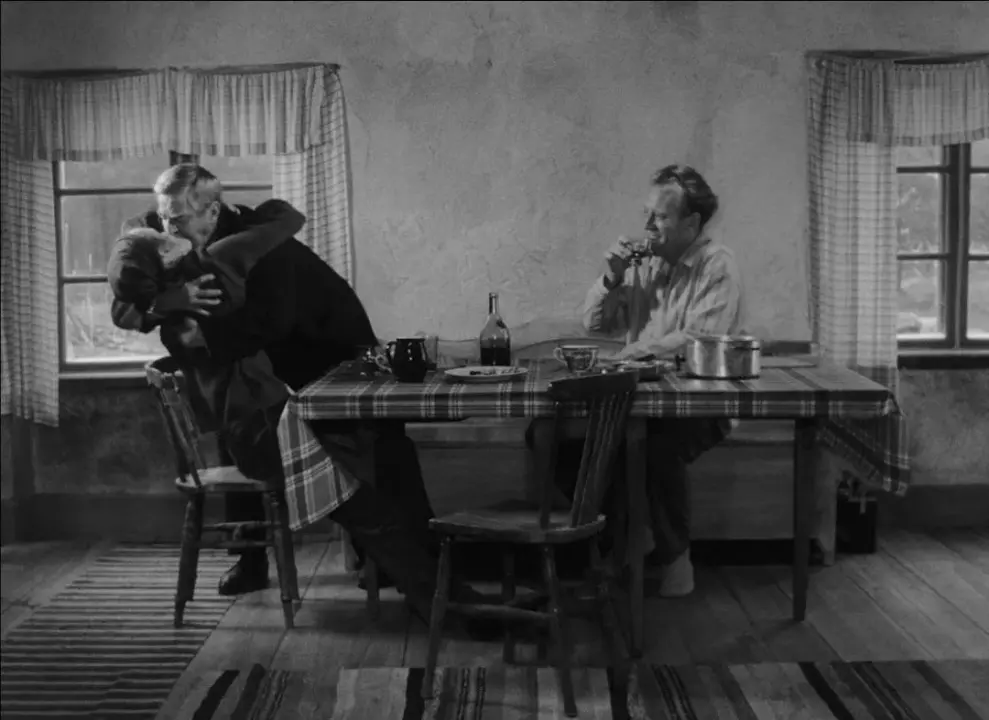
Shame (1968)
Although most people on the island are friendly to him, the meaning he gives to Fårö island is not necessarily good for everyone. Objectively speaking, the island is indeed becoming more and more silent. When Bergman made his first documentary in 1969, Fårö island had a resident population of 754. By 1979, only 673 people were left. In 2007, it was down to 573, and in 2021, 505.

Bergman, Sven Nykvist, Erland Josephson, and Liv Ullmann on Fårö island
But people on Fårö island have more friends probably than others because they know almost everyone, and they get together often. Although many people gradually left the place, Bergman found a new life here, even a new kind of film.
Before he was buried on Fårö island, he documented the island with close-ups
Bergman is always unafraid to talk about himself and his creations in his works, I could always read about his complex family relationships, confusion about love and death, hidden inner desires, and of course, his fascination with Fårö island.
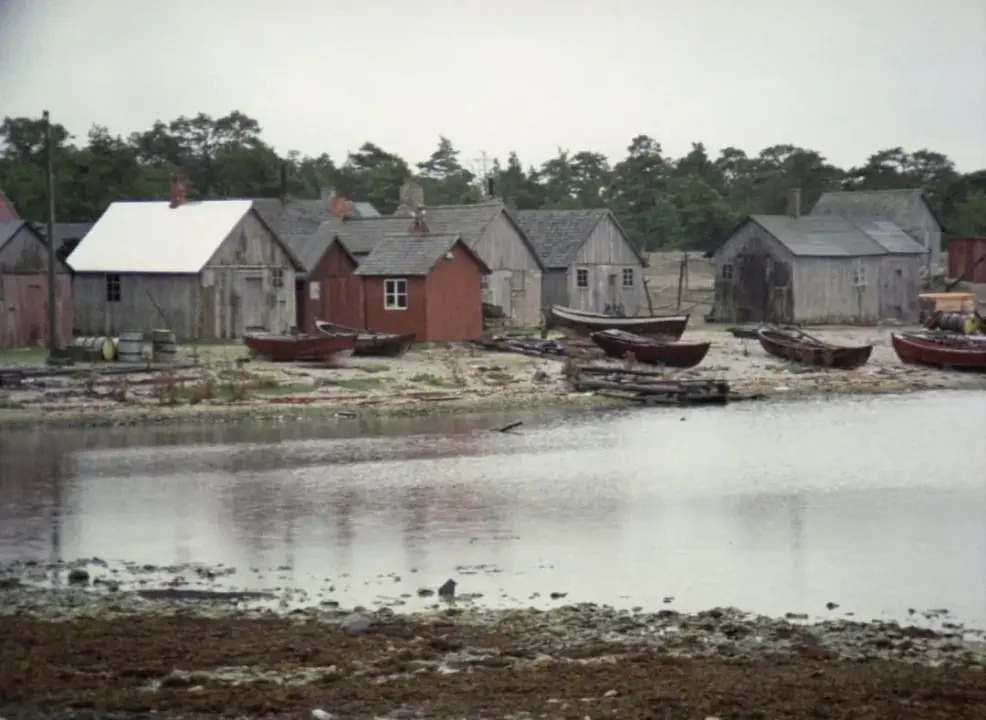
After falling in love with Fårö island at first sight, he built a house there, transformed an old barn into a private screening room, and he made two documentaries dedicated to Fårö island. In his "Fårö dokument (1970)", he photographed the local inhabitants, but most of the time, those inhabitants' close-ups of their faces, became more restrained as if we were listening to them. More typical close-ups were left to other things on Fårö island: bottles of wine in the snow, and chains on the fence ......
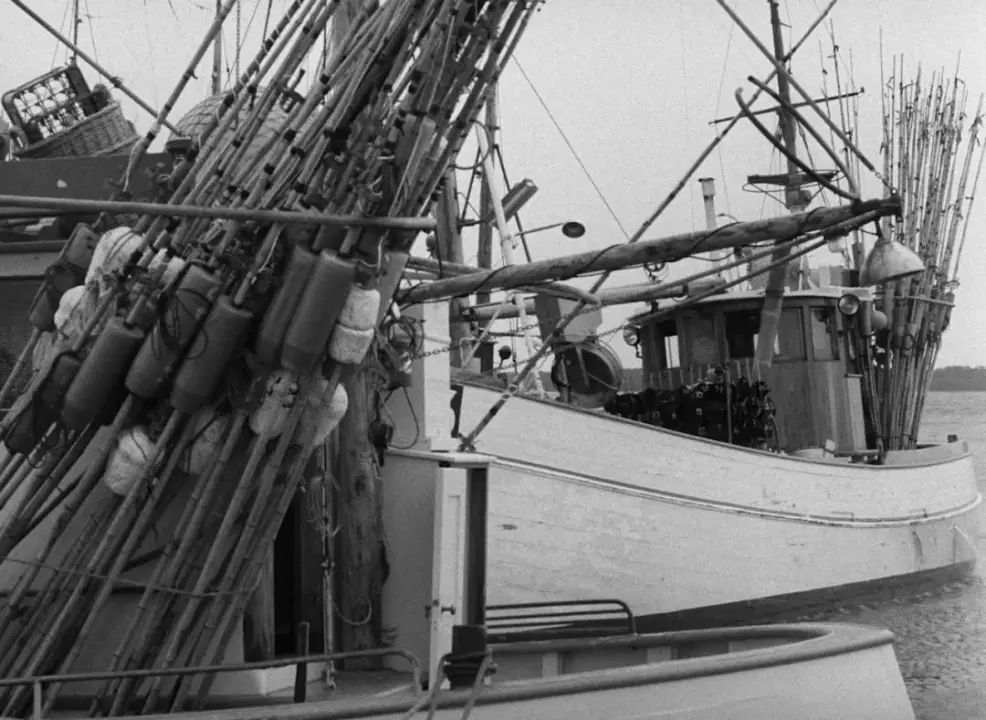
Fårö dokument (1970)
These things, together, constitute the life of the people and, gradually, the life of Bergman. This short documentary is highly political, showing the neglected agro-pastoralist people in the fringe of Sweden, where the welfare system and infrastructure are lacking, and where the elderly are left to die while the young leaves, thus criticizing the Swedish authorities.
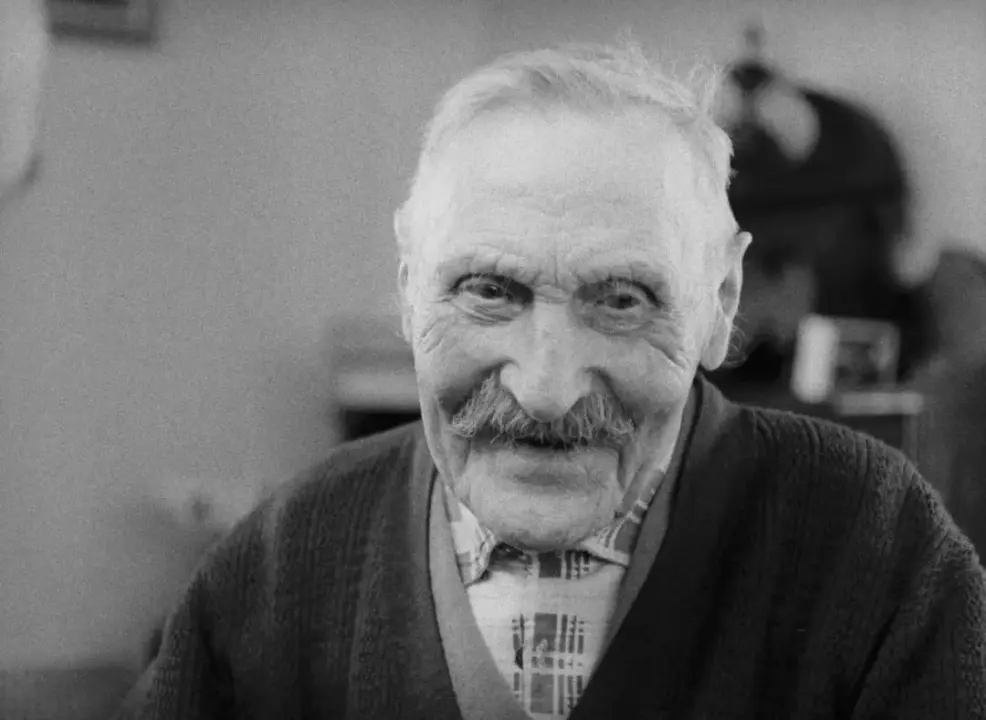
Fårö dokument (1970)
Bergman seemed to speak for them, but paradoxically, the stagnation here after 1960 might be exactly what he needed, to get away from everything that had nothing to do with creation. There was another thing that made him stay here for a long time. During the shooting of "Persona", Bergman fell in love with Liv Ullmann. So, he built that house on impulse, wanting to stay with her on the island for the rest of his life.
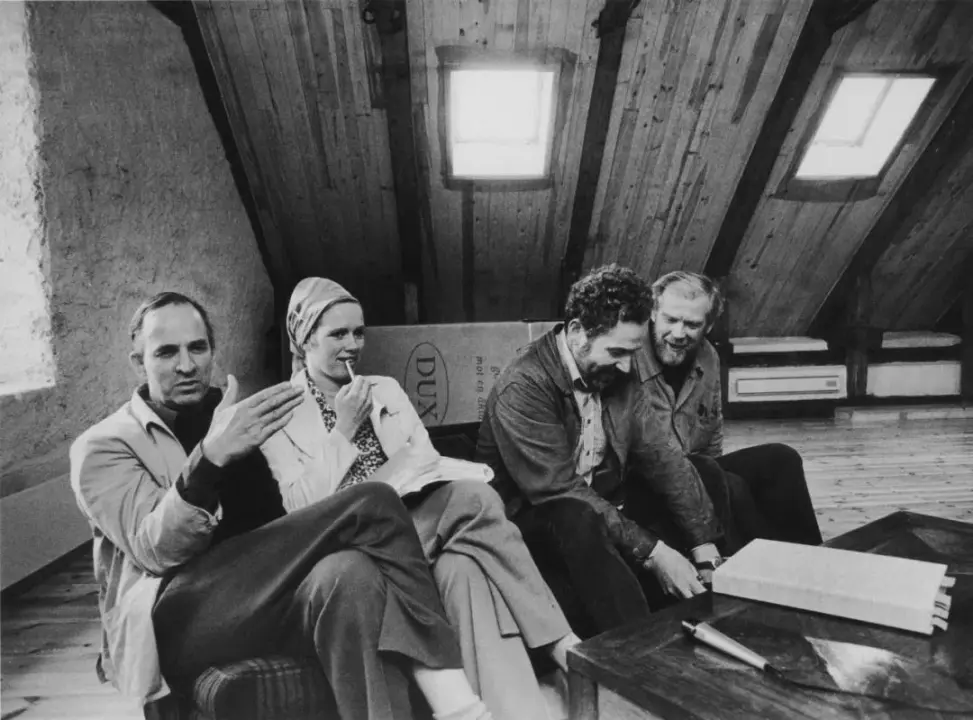
Bergman, Liv Ullman, Erland Josephson & Sven Nykvist
But he forgot to ask if Liv wanted to. In 1971, Liv Ullmann left Fårö island to film "The Emigrants", and they both knew she would never return. Thereafter, Bergman continued to live and work alone on Fårö island.
In 1976, the Swedish police charged him with tax evasion and, disappointed with the authorities, he closed his studio on Fårö island, saying on his departure, "Fårö island was always my refuge. I was here like in my mother's womb, and never dreamed that one day I would leave this place."
It was not until 1978 that he visited Fårö island again and made his second documentary about the island, "Fårö-dokument 1979", the same year that the Swedish authorities acquitted him.
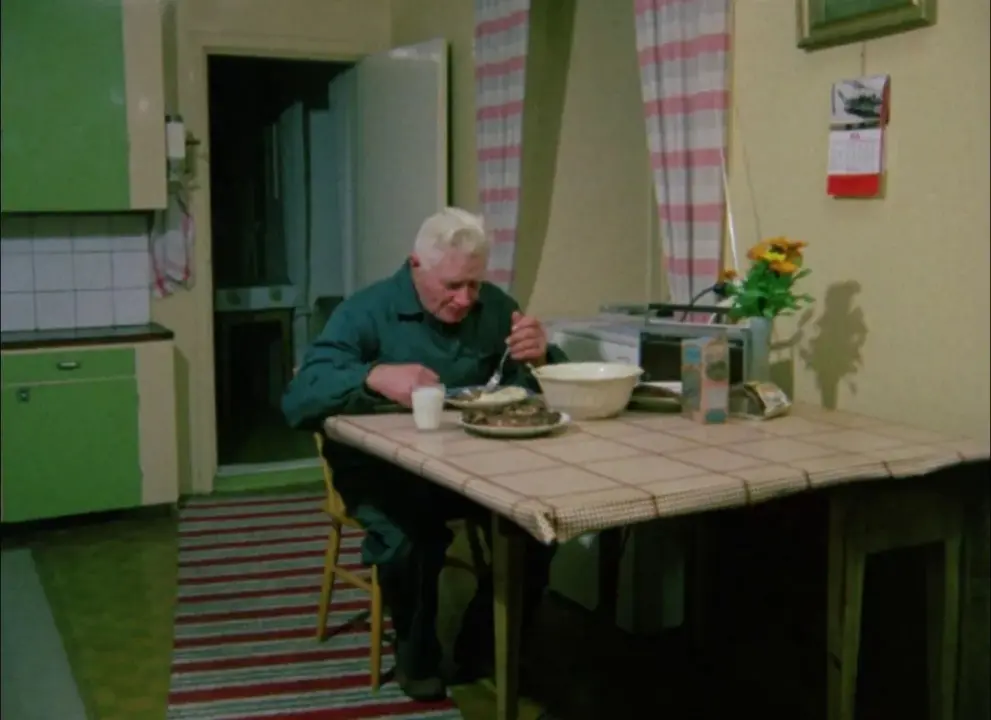
Fårö-dokument 1979
Interestingly, in this documentary, the video style became cheerful, and he started to use colorful pictures showing flowers, fruits, and local people's food with much more warmth and less cruelty. In 1984, Bergman left Munich and returned to Fårö island, where he began his last twenty years.
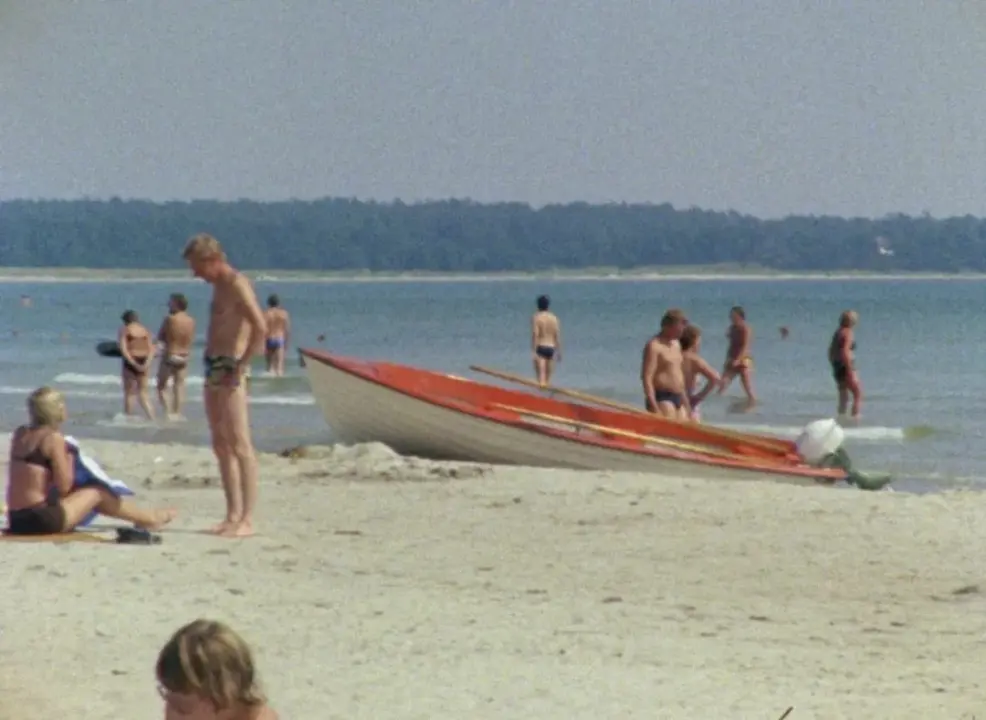
Fårö-dokument 1979
Few people, like Bergman, have a real island with reefs, trees, plank roads, and a house built by themselves. This is probably the dream of many people. Finally, Bergman directed his death, as he hoped, and was buried on Fårö island.
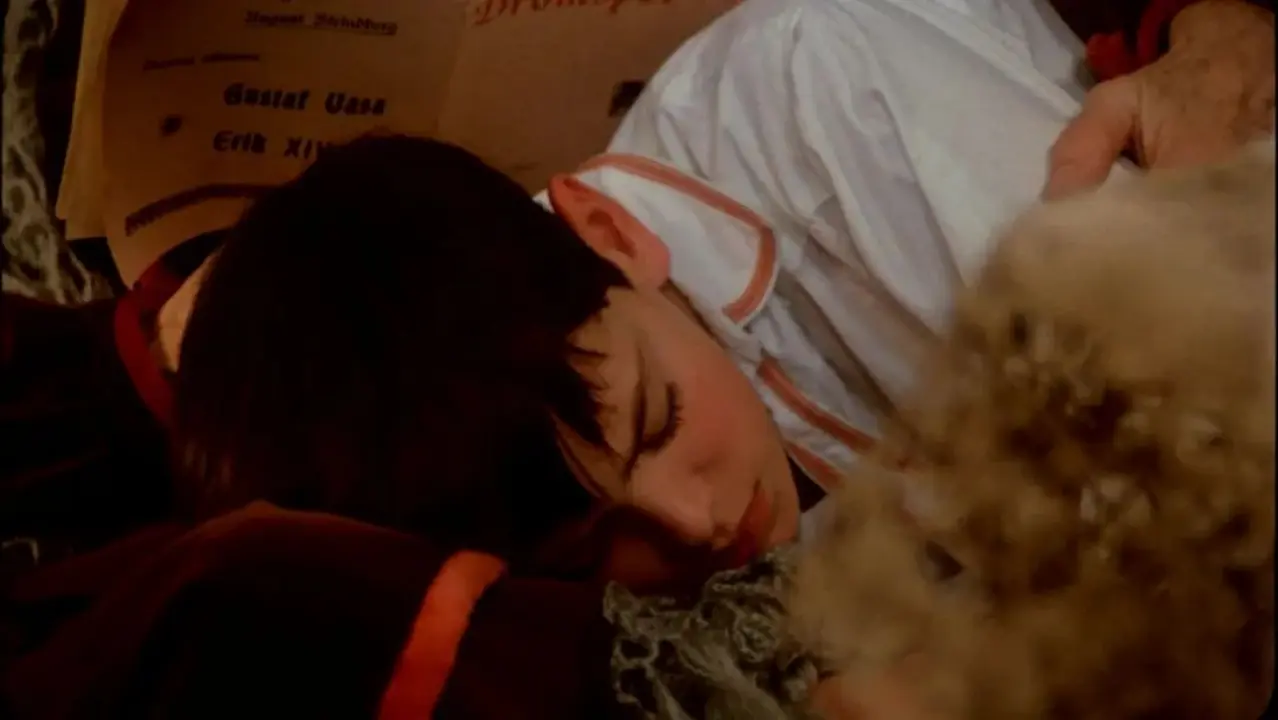
Fanny and Alexander (1982)
In his last feature film, "Fanny and Alexander, " the last shot of the boy slowly falling asleep was a close-up of the face he was fascinated by for the rest of his life. Ingmar Bergman also slowly fell into the time of Fårö island, where he was still just a delicate boy.
And what about you? which is your favorite close-up of a face shot by Bergman?


 Log in
Log in

No comments yet,
be the first one to comment!